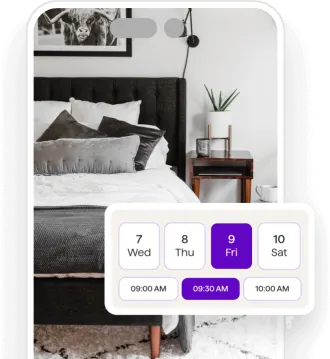
Great apartments. no doom scroll.Stop Doom Scrolling Apartments.
Start matching—and find your dream place, fast.
Any city filter closed
Any Bed filter closed
Any Budget filter closed
Filters applied
Bye, search fatigue
Get startedBuilt by renters who get it
Start matching nowThe complete resident lifecycle. One platform.
Our smart platform now includes AI-powered assistants for leasing, engagement, and retention—so you get better matches, faster moves, and happier renters who stay longer.
Explore B2B solutionsOur match tech’s on a roll
41M
renters matched (and counting)
7M
apartments in cities across the U.S.

Loved by more than renters
Apartment matching’s all the buzz.
Find apartments for rent in any city
Prefer to DIY it? Whichever city’s calling you, we’ll help you pick the right place.
Other top cities
Apartments for rent in San DiegoApartments for rent in San FranciscoApartments for rent in DenverApartments for rent in SeattleApartments for rent in Las VegasApartments for rent in IndianapolisApartments for rent in Kansas CityApartments for rent in MinneapolisApartments for rent in AlbuquerqueApartments for rent in ColumbusApartments for rent in CharlotteApartments for rent in AtlantaApartments for rent in NashvilleApartments for rent in JacksonvilleApartments for rent in RaleighApartments for rent in WashingtonApartments for rent in New York CityApartments for rent in BaltimoreApartments for rent in BrooklynApartments for rent in Boston
















